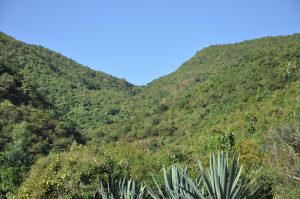Originally published on the World Agroforestry Centre website.
Anyone who has walked outside on a sunny day knows that forests and trees matter for temperature, humidity and wind speed. Planting trees speaks to concerns about climate change, but the directly important aspects of the tree-climate relationships have so far been overlooked in climate policy where it relates to forest.
 That, at least, is the conclusion of a new review. The authors suggest that the global conversation on trees, forests and climate needs to be turned on its head: the direct effects via rainfall and cooling may be more important than the well-studied effects through the global carbon balance.
That, at least, is the conclusion of a new review. The authors suggest that the global conversation on trees, forests and climate needs to be turned on its head: the direct effects via rainfall and cooling may be more important than the well-studied effects through the global carbon balance.
Yet, current climate policy only recognizes the latter. While farmers understand that trees cool their homes, livestock and crops, they had to learn the complex and abstract language of greenhouse gasses and carbon stocks if they wanted to be part of climate mitigation efforts. Not anymore, if the new perspectives become widely accepted.
In the review, published in the journal Global Environmental Change, the 22 authors provide examples for the planet-cooling benefits of trees. Scientists found evidence for the widespread perception that trees and forests also influence rainfall. As such, the review insists that water, and not carbon, should become the primary motivation for adding and preserving trees in landscapes.
“Carbon sequestration is a co-benefit of the precipitation-recycling and cooling power of trees. As trees process and redistribute water, they simultaneously cool planetary surfaces”, says Dr David Ellison, lead author of the study.
Click here for the full story
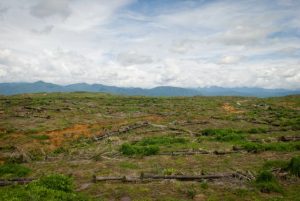 Where is deforestation worsening around the world? It’s a difficult question to answer, as many forest assessments are often years or even a decade out of date by the time they’re published. But we’re getting there, thanks to better data and advanced computing power.
Where is deforestation worsening around the world? It’s a difficult question to answer, as many forest assessments are often years or even a decade out of date by the time they’re published. But we’re getting there, thanks to better data and advanced computing power.


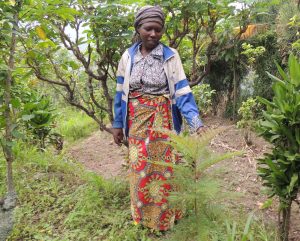 Rubengera, Rwanda — Farmer Cecile Mukabutera , 32, looks approvingly at her small tree, one of ten she received from
Rubengera, Rwanda — Farmer Cecile Mukabutera , 32, looks approvingly at her small tree, one of ten she received from 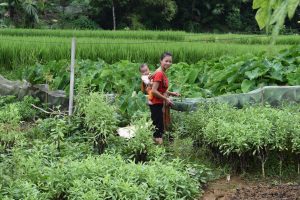 The Greater Mekong region, made up of Cambodia, Laos, southwest China, Myanmar, Thailand, and Viet Nam, is characterized by rich ethnic diversity, but all too often, ethnic minority groups have found themselves left behind, or made worse off, by development initiatives in their countries.
The Greater Mekong region, made up of Cambodia, Laos, southwest China, Myanmar, Thailand, and Viet Nam, is characterized by rich ethnic diversity, but all too often, ethnic minority groups have found themselves left behind, or made worse off, by development initiatives in their countries.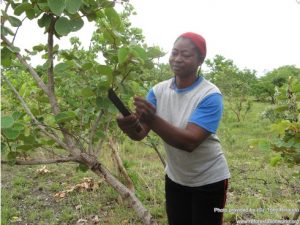 Originally published on the FMNR Hub website.
Originally published on the FMNR Hub website.